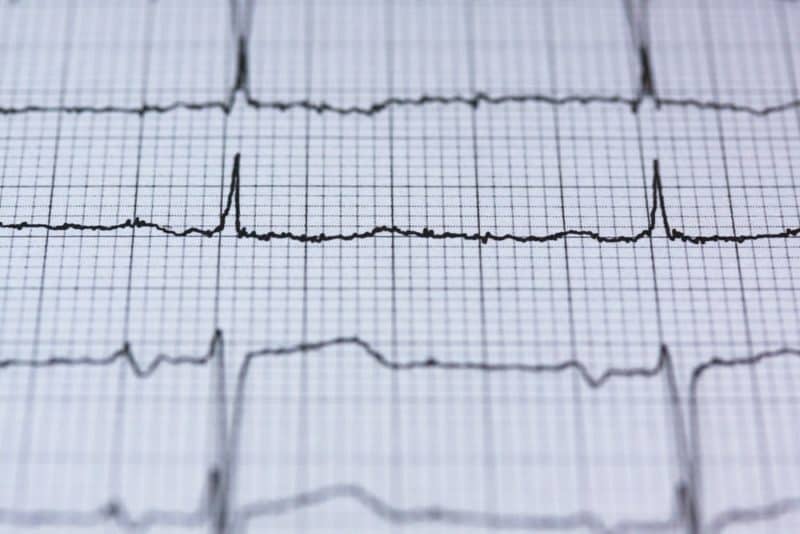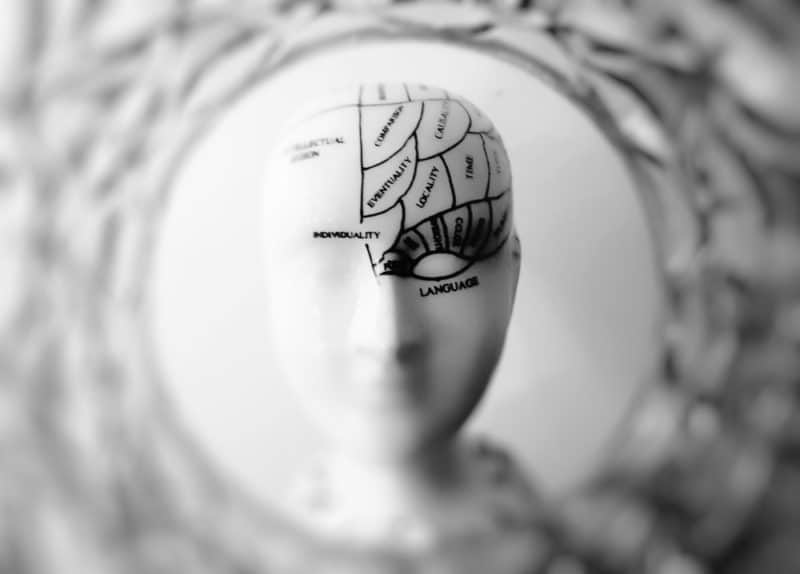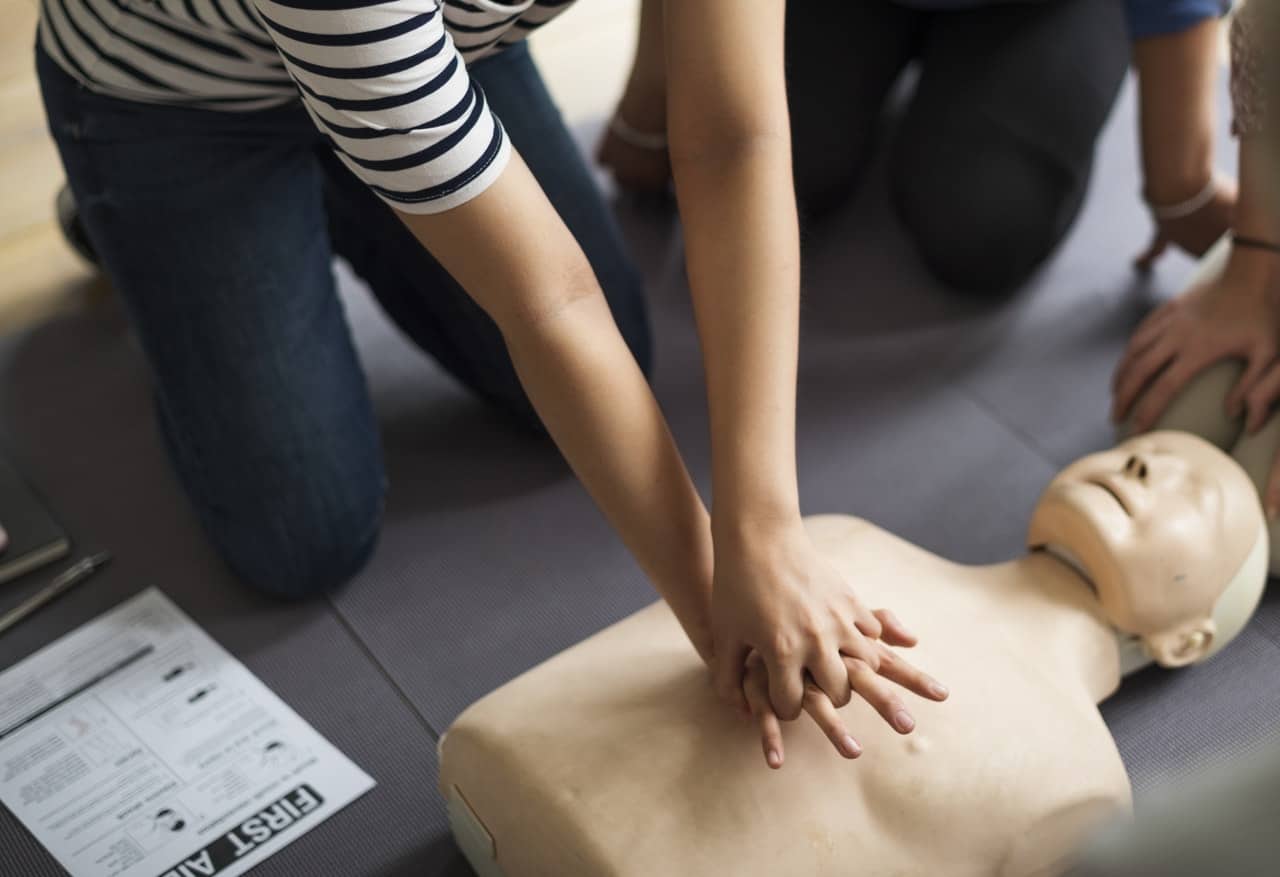Last Updated on February 26, 2024
The life of anyone who suffers from a cardiac arrest can be saved through cardiopulmonary resuscitation (CPR). Cardiac arrest is the leading cause of death in the United States. Here are ten surprising facts about CPR you may never have known:
1. There Has Been Evolution and Advancement in The Practice Of CPR

Since its introduction to the public in the 1700s, there has been a change in the practice, and it continues to improve. General guidelines are constantly being updated to improve the way CPR methods can be applied to save lives while adhering to safe, healthy practices.
Hence, it is important that you learn the latest CPR techniques so that you have the confidence of helping a cardiac arrest victim. If you can’t take re-certification courses every year, make sure you take them at least every two years.
2. CPR Does Not Always Work
Do not assume that you can always save the lives of all cardiac arrest victims. While you can boost a victim’s survival rate by 30 percent, you must perform the chest compressions immediately after the victims suffer an attack and where possible, follow it up by delivering electric shocks using a defibrillator.
3. 70% Of Americans Are Completely Helpless When They Suffer from A Cardiac Arrest
Also, 8% of cardiac arrest victims outside the hospital survive, and only 32% of them receive help from bystanders.
4. Quick CPR Is Needed for The Brain to Survive After A Cardiac Arrest

Here’s a summary what happens to your brain when you suffer a cardiac arrest without being given CPR:
- 0-4 minutes – brain damage is less likely to occur
- 4-6 minutes – possible brain damage
- 6-10 minutes – increase in the probability of brain damage
- More than 10 minutes – brain damage may have occurred
5. 88% Of Cardiac Arrests Happen at Home
When you administer CPR techniques, you can easily save the life of a loved one when the need arises. Consider attending CPR classes in LA to have a certification in CPR.
6. Most People Are Afraid of Being Sued for Administering CPR
There is a good Samaritan law in the United States and some other countries. The law protects bystanders from being sued when a victim is injured through the administration of life-saving methods. Know and be familiar with this law. Hence, you can know your rights when you offer medical help to those who need it.
7. There Is A Difference Between Cardiac Arrest and Heart Attack

A block in the flow of blood to your heart muscle results in a heart attack. In contrast, when an electrical disturbance interrupts the flow of blood to your brain, and your heart ceases to function, you can have a cardiac arrest. However, some heart attacks can result in cardiac arrest.
8. Administering Chest Compressions Align with Some Popular Songs
CPR is administered at a rate of at least 100 compressions per minute. To remember this interval properly, hum to the beats of popular songs such as “walk like an Egyptian” by the Bangles.
9. CPR Started in the 1740s
In the year 1740, the Paris Academy of Sciences suggested that drowning victims can be resuscitated through mouth-to-mouth action. Also, James Elam and Peter Safar introduced mouth-to-mouth resuscitation in 1956.
The United States military started reviving unresponsive victims through mouth-to-mouth resuscitation in 1957. Lastly, the American heart association in 1960 started teaching physicians close-chest resuscitation which precedes CPR training which was later made available to the public.
10. 70% Of Americans Can’t Administer CPR Properly
Though you may have heard the acronym CPR, you may not know how to perform it properly; or have learned it in the past but forgotten on how to perform it.
Conclusion
When CPR is properly performed to a victim of cardiac arrest within the first four minutes of the attack, it restores the functionality of its vital organs such as the heart and the lungs. With the facts you have learned in this guide, we hope you’re more excited to learn CPR and more importantly, perform it when need arises.

